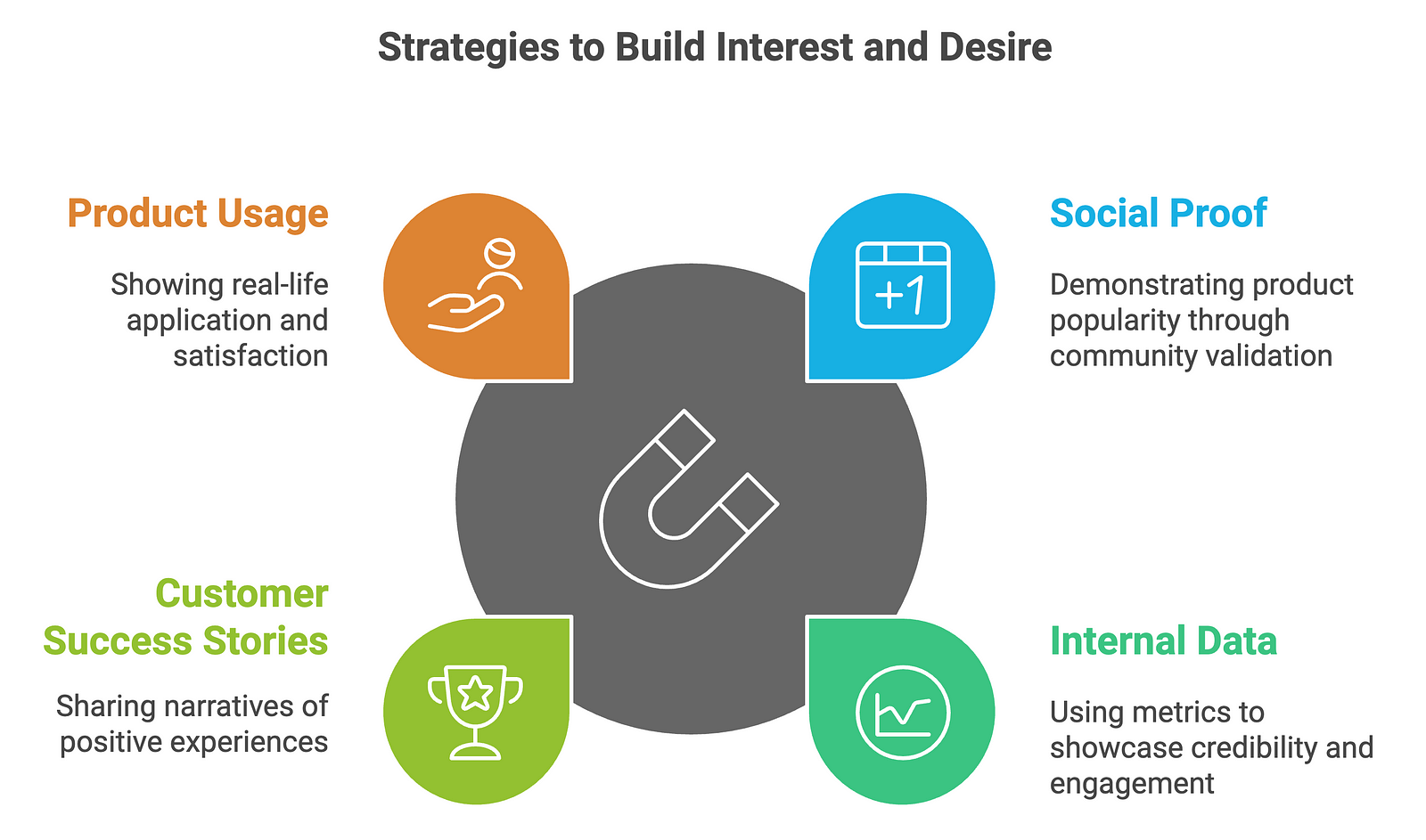
The Art of Crafting Content That Converts
In the ever-evolving landscape of digital marketing, one question persistently echoes across boardrooms and strategy sessions: “What should my creative look like?” While the question seems straightforward, the answer requires a nuanced understanding of the marketing funnel and how consumers interact with brands at different stages of their journey.
The Dating Analogy: Understanding the Marketing Funnel
Think of marketing like dating. You wouldn’t ask someone to marry you on the first date, would you? Similarly, you shouldn’t ask customers to make a purchase the moment they discover your brand. The marketing funnel follows a natural progression of relationship-building: Awareness, Interest, Desire, and Action (AIDA).
Just as relationships develop through stages of getting to know each other — from basic background information to deeper discussions about values and future plans — your marketing creative should evolve as customers move through the funnel.

CLICK HERE TO DOWNLOAD
copyright 2022 EIC Agency
Top of the Funnel: Making a Strong First Impression
The awareness stage is your brand’s first impression. Surprisingly, this is where 95% of advertisers get it wrong. Instead of jumping straight to sales pitches and offers, your creative should focus on one thing: the problem you solve.
The key elements of top-funnel creative should:
Address a significant pain point your target audience experiences
Demonstrate how you solve this problem
Paint a picture of the desired outcome
Create an emotional connection with the viewer
Your goal isn’t to sell at this stage — it’s to be recognized as a solution provider in your space.
Middle of the Funnel: Building Trust Through Proof
Once you’ve captured attention, it’s time to build credibility. This is where proof becomes paramount. As marketing expert Russell Brunson suggests, “All ads are 9% as should be proof.” But what constitutes effective proof? Here are several powerful approaches:
1. Social Proof
Customer reviews
Client testimonials
User-generated content (UGC)
Video testimonials
Photography of real customers using your product/service
2. Internal Data Storytelling
One often overlooked source of proof is internal data. Consider sharing:
Number of customers served
Total impressions delivered
Engagement metrics
Growth statistics
Transaction volumes
For example, if you work with major brands, aggregate your impression numbers — showing billions of impressions served can instantly communicate scale and trustworthiness.
3. User-Generated Content: The Golden Ticket
UGC is particularly powerful because it serves multiple purposes:
Demonstrates you have legitimate, engaged customers
Provides authentic testimonials
Creates social proof
Offers content you didn’t have to create yourself

Image created my Napkin.ai
Bottom of the Funnel: The Art of the Ask
The final stage is where many marketers breathe a sigh of relief — it’s time for the call to action (CTA). However, don’t mistake simplicity for lack of strategy. Your CTA creative can take two forms:
1. Standalone CTA creative
2. Integrated CTAs within your interest/desire content
The Offer Evolution
When crafting your offer, think beyond discounts. Consider:
Value-add promotions (free products above certain purchase thresholds)
Free shipping
Bundle deals
Exclusive access
Premium features
Value-adds often outperform straight discounts because they:
Maintain your price integrity
Give customers more exposure to your products/services
Increase the likelihood of repeat purchases
Generate more reviews and testimonials
Choosing the Right Format: Video vs. Static Content
The age-old question of video versus static content comes down to one simple principle: what tells your story most effectively? While video often performs well, don’t force it if a single powerful image can communicate your message more succinctly.
Consider this format breakdown by funnel stage:
Awareness: Static graphics can work well here, quickly communicating problems and solutions
Interest/Desire: Video shines in this stage, enabling deeper storytelling and engagement
Action: Simple, clear creative — often static — with a strong CTA
Remember that video viewers who complete longer content (e.g., watching 100% of a one-minute video) often make stronger prospects for retargeting campaigns.
The Bottom Line
Creating effective marketing creative isn’t about following rigid rules or copying competitors. It’s about understanding where your customer is in their journey and delivering the right message, in the right format, at the right time. By aligning your creative strategy with the natural progression of customer relationships, you can build stronger connections that lead to lasting business success.
Remember: just as word-of-mouth remains one of the most powerful marketing tools, your digital creative should aim to amplify authentic voices and real results. When you get this right, your digital marketing doesn’t replace word-of-mouth — it amplifies it, creating a powerful engine for sustainable growth.
For more about us, check out more resources here and if you’re interested, schedule a discovery call with us here.

